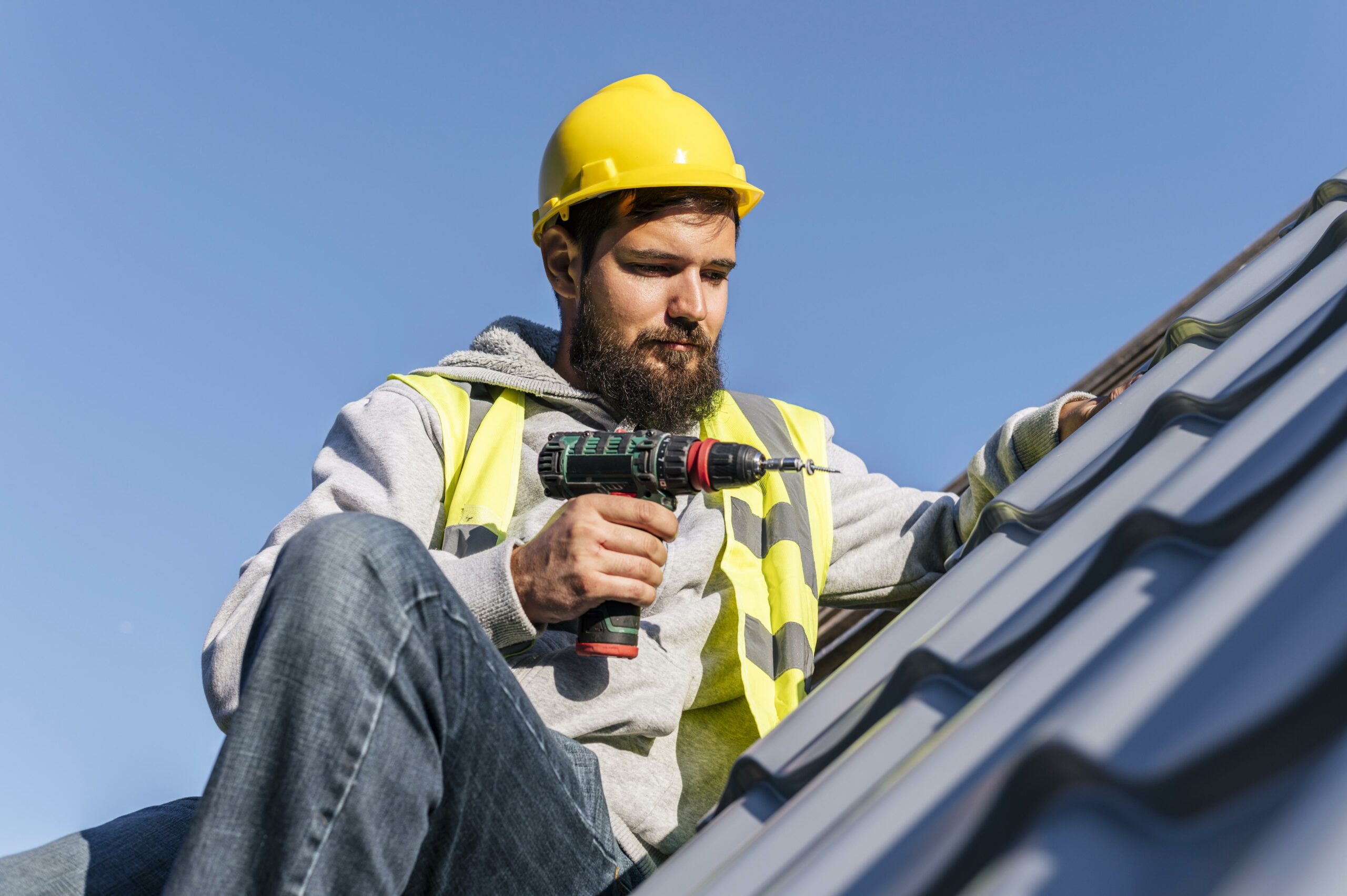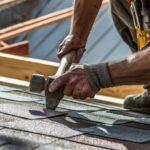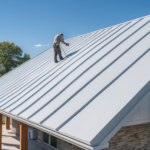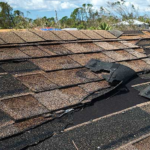Can a Metal Roof Go Over Shingles?
September 17, 2024 | By Mike Gonet | Filed under: Blog

Installing a metal roof over shingles is a viable choice, offering improved strength, weather resilience, and energy efficiency. To move forward, check the shingles’ status, strengthen the structure for extra load, confirm adequate ventilation, and adhere to local regulations. Maintenance includes routine checks, clearing debris, and timely repairs to maintain the roof’s strength. For more information on the advantages, installation procedures, factors to consider, and upkeep advice of metal roofs over shingles, delve into the detailed information offered in the study.
Advantages of Installing Metal Roof Over Shingles
One of the key benefits of choosing a metal roof instead of shingles is the improved durability and extended lifespan it offers for your residence. Metal roofs are recognized for their exceptional toughness and resistance to severe weather conditions like powerful winds, intense rain, snow, and hail. Unlike shingles that might degrade over time and necessitate frequent replacements, metal roofs can endure for 50 years or more with proper upkeep. This extended lifespan saves you money in the long term and lessens the environmental impact of continually substituting roofing materials.
Furthermore, metal roofs are fire-resistant, providing an additional shield for your home. They are also lightweight, placing less burden on the framework of your dwelling compared to conventional shingles. This weight advantage can be especially advantageous in regions susceptible to seismic activity. Additionally, metal roofs are energy-efficient, reflecting the sun’s rays and cooling your residence during summer.
Steps for Installing Metal Roof Over Shingles
Metal roofs can be installed over existing shingles by following specific steps to guarantee a proper and effective installation process. The first step is to inspect the current shingles to confirm they are in good condition and can provide a suitable base for the metal roof. Next, any necessary repairs or replacements should be made to the underlying shingles to create a smooth surface for the metal panels.
After preparing the existing roof, an underlayment must be installed to serve as a moisture barrier and protect it from water infiltration. The metal panels can then be installed using the appropriate fastening system, making sure they are securely attached to the roof substrate.
Properly sealing all seams and joints is crucial to prevent water leakage and maintain the roof’s integrity. Finally, trim pieces and flashing should be installed to provide a finished look and protect the roof from water damage. Following these steps meticulously, a metal roof can be installed over existing shingles, providing a durable, long-lasting roofing solution.
Considerations Before Putting Metal Roof Over Shingles
Before installing a metal roof over shingles, it is necessary to carefully consider several key factors to guarantee a successful and long-lasting roofing project. To start with, assess the condition of the existing shingles. If there are multiple layers of shingles or if the current shingles are curling, buckling, or damaged, it is advisable to remove them before installing the metal roof to maintain a smooth and even surface. Besides, consider the weight of the metal roof. It is vital to verify that the structure of the building can support the added weight of the metal roofing material. Another essential factor to contemplate is ventilation. Proper airflow prevents moisture buildup and maintains the roof’s longevity. To wrap up, check local building codes and regulations to ensure compliance with any requirements regarding installing a metal roof over shingles in your area. You can guarantee a successful metal roof installation over shingles by carefully evaluating these considerations.
Maintenance Tips for Metal Roof Over Shingles
Proper maintenance is vital to prolonging the roof’s lifespan and preserving its structural integrity after successfully installing a metal roof over shingles. Regular inspections are crucial to catch any issues early on. Clearing debris such as leaves, branches, and dirt from the roof’s surface and gutters is essential to prevent water pooling and potential damage. Inspecting and replacing damaged or loose panels, fasteners, and sealants can help maintain the roof’s weatherproofing capabilities. Furthermore, checking for signs of corrosion and promptly addressing them with appropriate treatments can prevent deterioration.
Trimming any overhanging tree branches is advisable to prevent them from rubbing against the metal roof and causing scratches or other damage. Snow and ice should also be promptly removed to prevent excessive weight and potential leaks. Finally, scheduling professional roof inspections at least once a year can help identify any issues early and ensure the roof remains in top condition for years to come.





